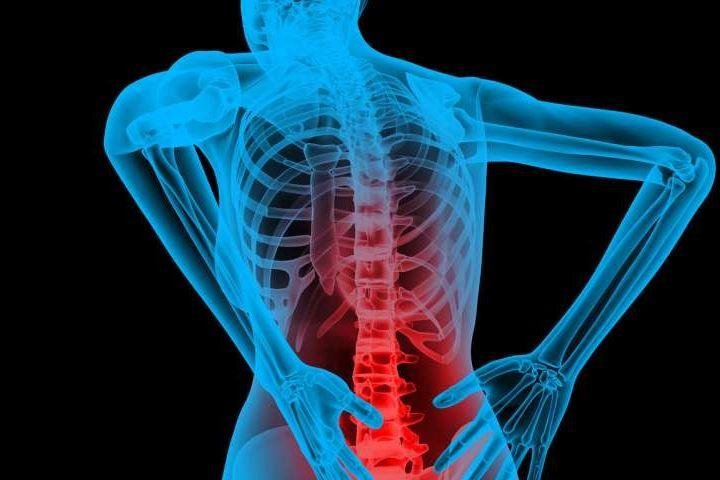People suffering from lower back pain are needless paying for expensive therapies, surgery, injections and pills without much relief, according to three paper published in Lancet. Photo courtesy of Monash University
March 22 (UPI) -- Lower back pain is the world's leading cause of disability globally, but they are being improperly treated with pain medication instead of physical therapy and exercise, according to new research.
Patients also are receiving expensive therapies, surgery and injections, yet they aren't finding relief, researchers say.
This situation is detailed in three papers by 31 authors published Thursday by The Lancet. The research coincided with the official launch of Australia's National Health and Medical Research Council's Center for Research Excellence and New Zealand Musculoskeletal Clinical Trials Network to be run by Monash University.
More than 540 million people have been disabled from back pain, and it's risen more than 50 percent since 1990. Costs have double in the past decades and the situation is forecast to get worse because of an aging and increasingly obese population.
Despite guidelines from top medical groups, studies and recommendations, doctors are over-prescribing pain medication. In the United States, more than 60 percent of people with low back pain get opioids.
"In many countries, painkillers that have limited positive effect are routinely prescribed for low back pain, with very little emphasis on interventions that are evidence based such as exercises," researcher Nadine Foster, of Britain's Keele University, told NBC News on the study.
This is leading to the worsening opioid problem, with researchers finding that more than half the total number of people taking the drugs have low back pain.
A 2016 study published in JAMA Internal Medicine found in a review of 20 clinical studies involving nearly 8,000 patients that opioid medications provide only "modest" short-term relief from lower back pain.
And according to medical research conducted at Veterans Affairs clinics in Minnesota, opioid medications were not better than nonopioid treatment to improve chronic back, hip or knee pain.
Those that are at the greatest risk are "people with physically demanding jobs, physical and mental comorbidities, smokers, and obese individuals," according to the report.
According to studies, what works best is physical therapy, psychological counseling, stretching, massage and other non-invasive treatments. Rather than resting, all patients should be urged to stay active, researchers say.
In a 2016 study published in JAMA Internal Medicine, regular exercise and education reduce the risk of developing lower back pain by as much as 45 percent.
And possibly psychiatric attention.
"Only 12 percent of people with chronic low back pain with depression in the USA had seen a psychiatrist or psychologist in the previous year," the Lancet researchers wrote.
Foster's co-author, Dr. Chris Maher, a professor at the University of Sydney, is optimistic about the future.
"There are safe effective treatments for low back pain -- the challenge is ensuring patients get the right care at the right time," Maher said in a press release.
One of the three newly published papers, titled "A Call To Action," also looks to the future, urging public education programs to tackle misconceptions among health professionals, patients and the general public about how to manage back pain.
The author is Dr. Rachelle Buchbinder, a Monash professor who led the steering committee that led the Lancet series and has spent decades trying to prevent bad care.
"The burden from low back pain has reached a tipping point where the condition is growing rapidly, is poorly understood and is being mismanaged medically -- at cost both to the patient and to the healthcare system," Buchbinder said. "Low- and middle- income countries are already emulating the low-value care that is endemic in high-income countries."
She notes how doctors are ordering expensive imaging tests that cause patients to worry unnecessarily or treatments that don't work. And they aren't heeding advice.
"It's very frustrating," she said in a press release. "One of the big problems is that patients aren't always being given the right advice. Rather than evidence-based advice to stay active and exercise, much care for low back pain is of low value and is making the problem worse."
With about one in three people experiencing a recurrence within a year from a previous episode, she said lower back pain is increasingly being understood as a long-lasting condition.
"The emphasis is on trying to prevent it becoming more chronic and interfering with people's lives," Buchbinder said. "We know that psychosocial factors are really important in this. People who are fearful of moving their back, or those with depression or stress and who have little control over their job and life may be at higher risk of being disabled, and these types of factors might be even more important than the pain itself."















